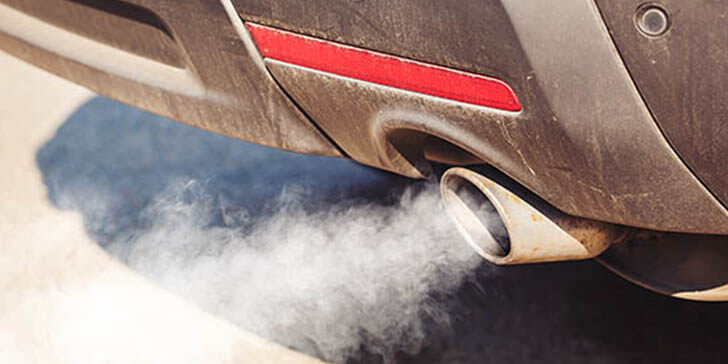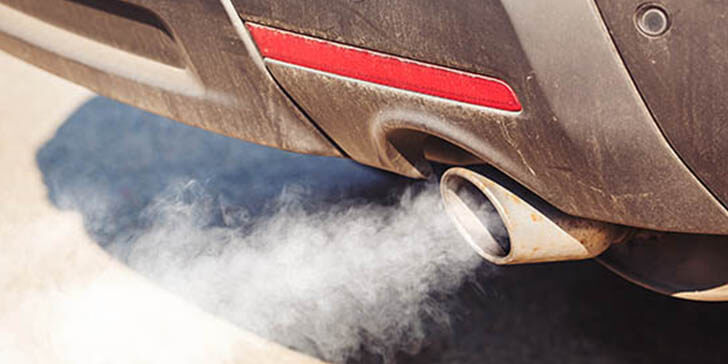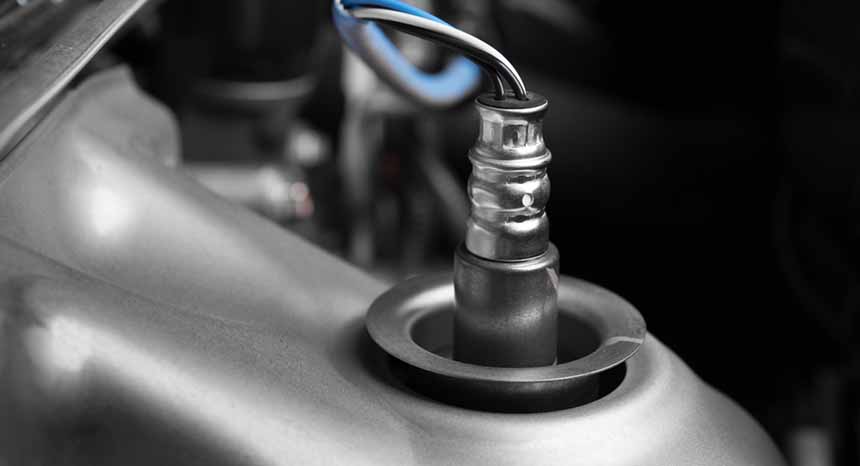In this introduction to an upcoming video series, Clint Cooper, Head Trainer at AP Emissions, gives an overview of P0420 and P0430 codes. Explaining what causes the codes and how to interpret them, Clint gives details about the relationship between oxygen sensors and catalytic converters.
Episode Overview
• The EPA says 7 percent of cars in the U.S. exceed federally mandated emissions standards. (0:01)
• When a catalytic converter is operating correctly, there will be a difference in the signal produced by the front and the rear oxygen sensors. (0:26)
• If the front signal and the rear signal are identical, the catalytic converter isn’t doing its job. (0:54)
• Older cars switch much more noticeably than newer cars. (1:04)
• If the car is warmed up and the signals mirror each other, the converter is not working correctly. (1:36)
• 420 or 430 codes are triggered when the computer senses the rear O2 sensor is switching more than it should. (1:43)
• Manufacturers may change the trigger point for codes by issuing a technical service bulletin. (1:57)
• System efficiency below threshold codes are usually caused by a failed catalytic converter. (2:10)
• You’ll find an overview of the next videos in this series. (2:40)
A recent EPA study showed that 7% of cars in the United States were operating below federally mandated emissions. 68% of those emissions failures were due to P0420 or 430 catalyst system inefficiency below threshold OBD II Code.
When a catalytic converter is working efficiently under closed lube operation, the front oxygen sensor will typically show an airfield mixture switching between rich and lean, rich and lean, rich and lean, over a fast timeframe, as the car works to maintain a combustible airfield mixture, that’s optimal for the most power with the least emissions.
However, the signal from the rear O2 sensor that monitors that catalyst should not switch very much between the rich and lean. It should go basically a straight line when that converter is operating efficiently. The takeaway here is that if the front signals and the rear signals look identical, the catalyst is not doing its job.
When you start a car up, you can see the rear sensors showing fuel trim switching, between rich and lean. Older cars with front O2 sensors switch much more noticeably than newer cars with front air fuel ratio or lambda sensors.
Once that catalytic converter is warmed up, oxygen is alternately stored and released by the catalytic converter to maintain that catalytic converter reaction process. So until that catalytic converter is warmed up, both the front and the rear will switch between rich and lean over a fast timescale. The front will look like a mirror of the rear until the cat lights off and starts doing its thing. Then after it’s all warmed up, it should be a mostly straight line out of the rear. If the car’s all warmed up and you’re still seeing the rear sensor mirror that front, then your converter’s not working properly.
A 420 or 430 code, depending on which bank is triggered when the computer senses that the rear is switching more than it should. It knows this by comparing the signals of the rear catalyst monitor with the signals from the front air fuel ratio or oxygen sensor.

Sometimes manufacturers change the trigger point for the 420 code by issuing an emissions-related technical service bulletin and release an ECM flash update that loosens the trigger point for catalyst inefficiency code.
Catalyst system efficiency below threshold codes are usually caused by a failed catalytic converter. Sometimes it can be result of faulty sensors, circuit problems, an exhaust leak, or computer issue that needs updating.
A catalytic converter is a simple device. It’s got no moving parts and it rarely fails on its own. When a catalytic converter fails and you get a P0420 or 430 code, it’s the technician’s job to put on their detective hat and figure out what killed the cat.
In the next four videos, we’re going to discuss catalytic converter thermal damage and poisoning. Then we’ll review some diagnostic tips, grouped for simplicity under the traditional conceptual headings of air, fuel and spark.





